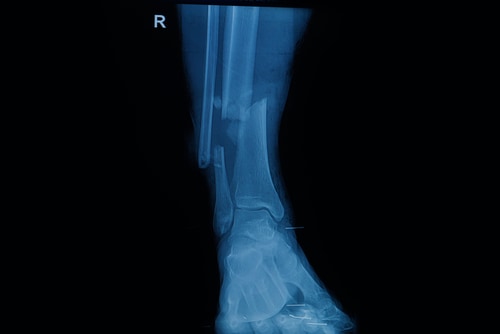Takeaway
- Of emergency physician (EP) interpretations of pediatric extremity X-rays, about 1 in 12 is discordant with final reads and results in an adverse event (AE).
- EPs should be especially cautious with joint injuries and if clinical fracture suspicion is low.
Why this matters
- Errors in pediatric fracture management are the third most common cause of US lawsuits.
- Few prospective data address such errors.
Key results
- Discordant reads associated with AEs: 7.8% (n=180; 95% CI, 6.8%-9.0%).
- 101 fractures were missed, of which 6 were severe.
- 22 fractures were read as more minor by EP than radiologist.
- EPs called 57 false-positive fractures.
- AEs comprised additional ED visits and unnecessary orthopedic visits.
- No adverse clinical outcomes.
- Discordant reads likelier if:
- Fracture pretest probability <20% vs >20% (aOR, 1.6).
- Patient pain score <2 vs >2 (aOR, 1.6).
- Injury in joint vs other location (aOR, 1.7).
Study design
- Prospective cohort study of children with injured extremities presenting to a pediatric emergency department (n=2302).
- Authors compared EP reads of radiographs vs radiology interpretation.
- Outcomes: discordant reads resulting in AEs (extra or unneeded visits or clinical sequelae) by 3-week mark.
- Funding: None disclosed.
Limitations
- Single-center study.
- Telephone follow-up incomplete, may have missed AEs.
References
References



